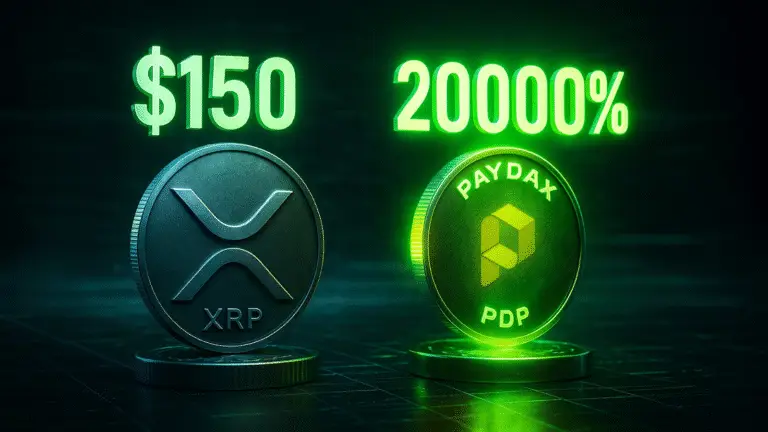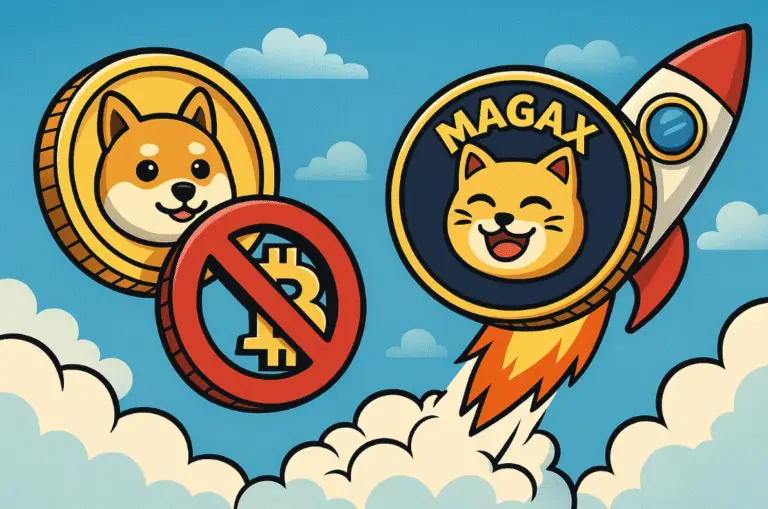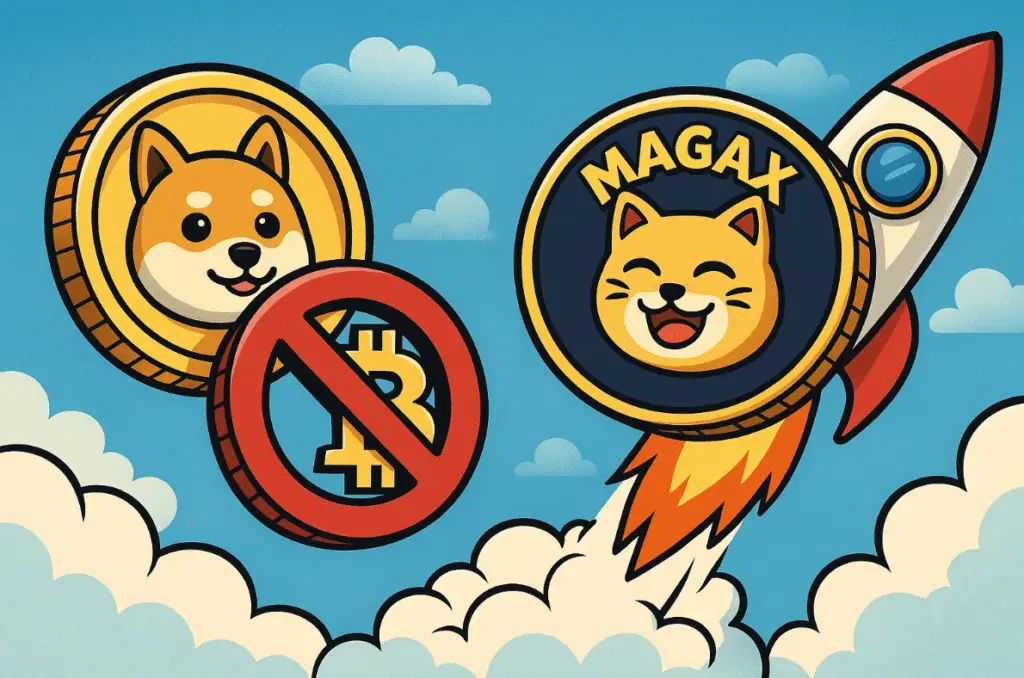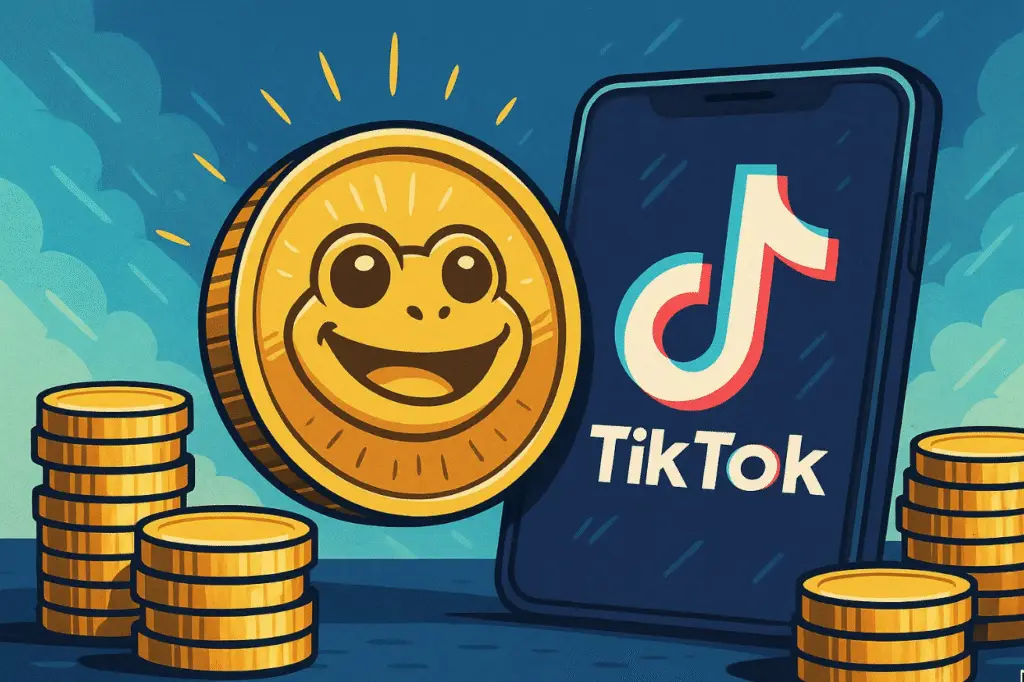TRON’s Fee Cut Reshapes Network Economics
TRON (TRX) recently slashed network fees to encourage broader adoption and improve competitiveness in the blockchain space. The move was designed to attract more users, boost transaction volumes, and make TRON more appealing compared to rivals like Ethereum and BNB Chain. However, the fee reduction has had unintended consequences for block producers, who rely heavily on transaction fees as a core revenue stream.
Revenue Falls to Lowest in a Year
According to a CryptoQuant report, TRON block producers’ daily fee revenue dropped to $5 million, the lowest level in 12 months. This sharp decline reflects a major adjustment in network economics and signals potential stress for validators. For a blockchain that has built its reputation on efficiency and throughput, the challenge now lies in sustaining validator incentives while keeping fees affordable for users.
A 64% Decline in Just 10 Days
Before the fee cut, block producers were earning about $13.9 million per day in network fees. Within just 10 days, that number plunged by 64%, wiping out nearly two-thirds of their income. Such a drastic drop highlights the risks of sudden policy shifts in decentralized ecosystems. While TRON’s fee cut aimed to expand participation, it also created financial strain for those maintaining the network.
Recommended Article: Bitcoin Institutional Buys Slow as Bitcoin Hyper Raises $14.4M in Presale
Risks to Validator Participation
Validator profitability is a cornerstone of blockchain stability. With daily revenues at historic lows, smaller block producers may find it unsustainable to continue operations. This could lead to a concentration of power among larger validators, undermining TRON’s decentralization. Analysts warn that prolonged low incentives could weaken network resilience and reduce competitiveness in the long term.
Balancing Growth and Incentives
TRON now faces a critical challenge: balancing user-friendly fees with the need to keep validators motivated. Low transaction costs could drive higher usage, but without fair compensation, validator participation may decline.
The blockchain industry has seen similar tensions before, as Ethereum and Solana also balance gas fees with ecosystem sustainability. TRON’s governance model will be tested in addressing these competing priorities.
Potential Network Adjustments Ahead
If user activity surges, increased transaction volume could help offset the revenue losses from lower fees. However, if activity fails to scale fast enough, TRON may need to revisit its incentive structures. Governance proposals to adjust fees, staking rewards, or validator subsidies could emerge in response to rising concerns. Market observers are watching closely to see whether TRON adapts quickly or risks long-term validator dissatisfaction.
What It Means for TRON’s Future
The fee cut underscores TRON’s ambition to strengthen adoption, but it also highlights the risks of sudden shifts in network policy. The blockchain’s next steps will determine whether it can maintain both validator commitment and user growth. If managed carefully, TRON could emerge stronger with broader adoption and a leaner cost structure. If mismanaged, however, the decline in validator revenue could erode confidence in the ecosystem.















